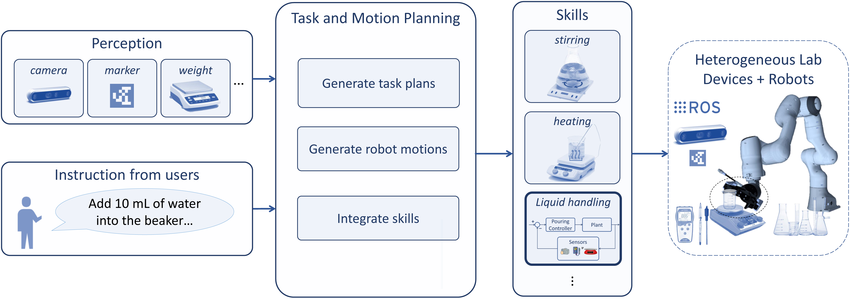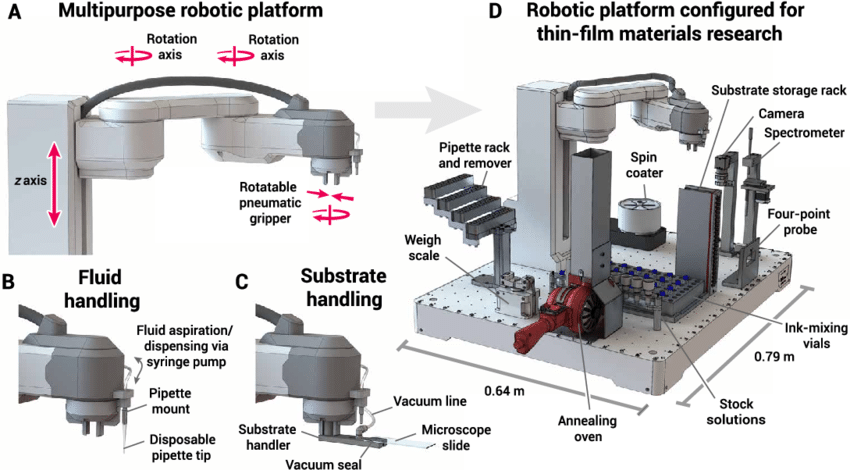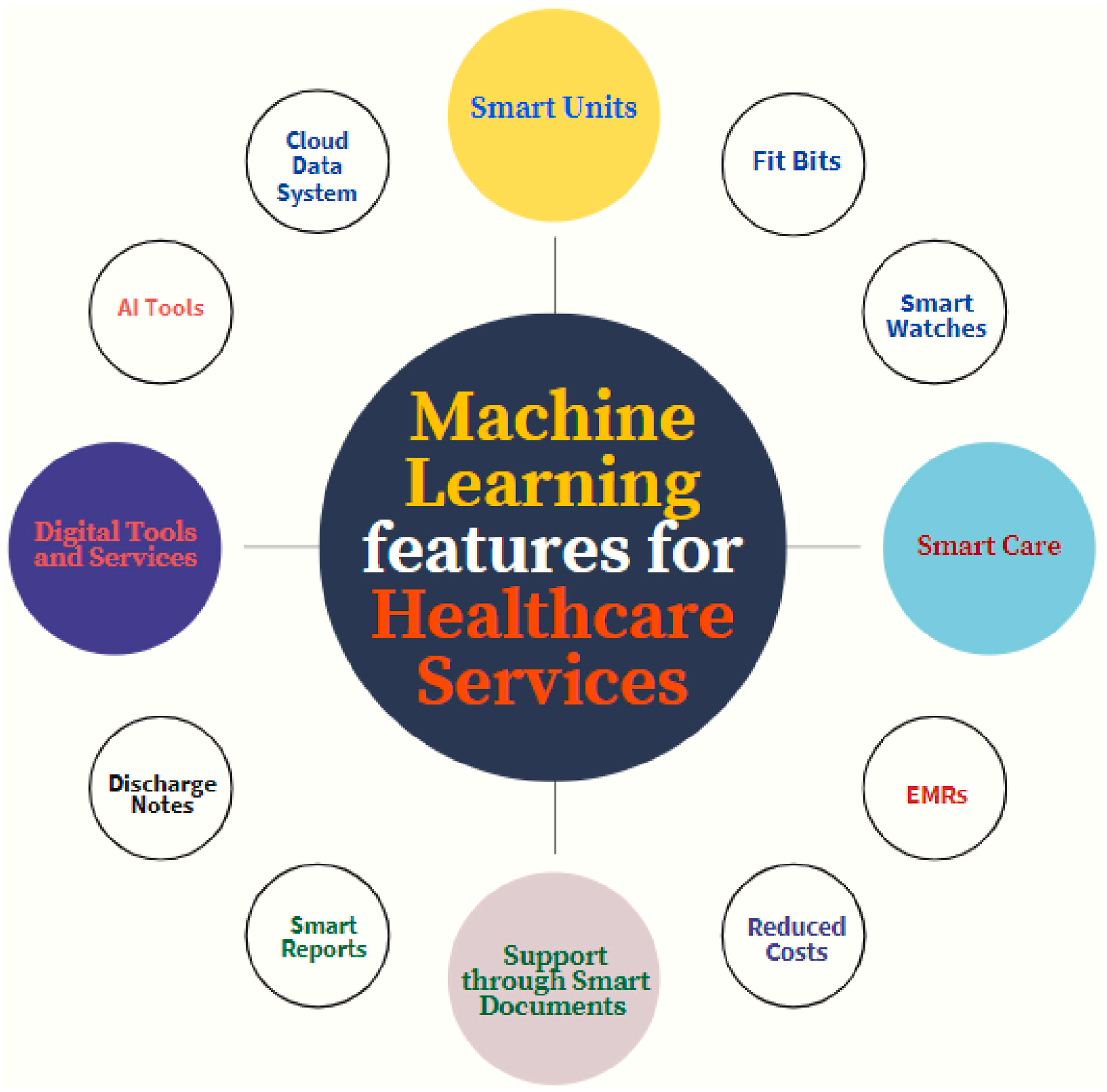Scientific research thrives on continuous improvement. In recent years, laboratories have adopted automation – the use of robots and other technologies to perform tasks automatically. This blog post explores how lab automation is accelerating research, improving data accuracy, and optimizing resource allocation.
Efficiency and Beyond
Laboratory research involves many repetitive tasks like pipetting, sample preparation, and data collection. These essential procedures are time-consuming and limit the time researchers can dedicate to analysis, hypothesis development, and designing new experiments. Lab automation addresses this by automating these tasks, freeing up valuable researcher time for critical thinking and scientific exploration. Studies show that automation can reduce manual processing steps by up to 86%, significantly increasing overall research output.
Another benefit of automation is improved reproducibility, a key factor in scientific reliability. Manual processes are prone to human error, which can introduce inconsistencies into experimental results due to variations in reagent concentrations or handling techniques. Automated systems, on the other hand, operate with consistent precision, minimizing errors and ensuring the reliability of generated data. This is especially important in drug discovery, where minute variations can significantly impact the effectiveness and safety of potential treatments. In this field, using high-purity, consistent reagents throughout experiments is crucial. Reliable suppliers like Gentaur provide researchers with precisely characterized reagents that minimize inconsistencies and contribute to robust data generation.

The Tools of Automation
Lab automation utilizes a diverse range of ingenious tools. Robotic platforms with advanced grippers and pipetting systems can meticulously execute complex lab procedures. These automated workstations can be programmed for various tasks, from handling delicate biological samples with care to dispensing precise volumes of liquids.
Automated liquid handling systems ensure exceptional accuracy and precision when dispensing reagents, guaranteeing consistent reaction conditions across multiple experiments. Integrating these systems with automated imaging systems further streamlines data collection, allowing researchers to monitor cellular behavior or track molecular interactions in real-time.
Machine learning (ML) algorithms are also playing an increasingly important role in lab automation. By analyzing vast datasets of experimental results, ML can identify optimal experimental conditions and even suggest new research avenues, propelling scientific discovery forward at an unprecedented pace.
Challenges and Considerations
While the advantages of lab automation are undeniable, some challenges exist. The initial investment in automation technology can be significant, and integrating it with existing lab infrastructure requires careful planning. Additionally, researchers may need to adapt their workflows to accommodate automated systems, necessitating comprehensive training programs.
However, the long-term benefits of lab automation far outweigh the initial hurdles. As technology advances and costs become more manageable, automation is poised to become an essential tool in every research laboratory.
The Future of Research
Lab automation represents a fundamental shift in scientific research. By leveraging the power of technology, we can accelerate the pace of discovery, enhance data accuracy, and open a new era of scientific progress. As researchers embrace these transformative technologies, the possibilities for unlocking the mysteries of the universe appear vaster than ever before.
To see a robotic arm in action,
watch this video:


